by Carl Strang
(This is a cross posting from the Observe Your Preserve website). Mussels and fishes are the larger aquatic animals living in our local streams. The rescue operation at West Branch Forest Preserve, described yesterday, provided information on the diverse species in that site. Though empty mussel shells indicated an even more diverse past, still, four common species remain.
All are filter feeders, opening the question of how they manage to coexist. If they all subsist on the same food, we might expect the best competitor to push the others out of the picture, unless a superabundance of the food prevents it from being a limiting factor. As it happens, though, there are at least two ways in which mussels separate themselves ecologically. One is by having different larval hosts. Mussels begin life as larval forms attached to the gills of fishes. Different kinds of mussels are hosted by different fish species. In fact, one reason for the loss of some mussel species from that portion of the West Branch is that their host fishes no longer live there. Another ecological separation of mussels is through substrate preference. Some mussels like silt (the giant floater is an example), some prefer sand (the white heelsplitter in this community), others heavier gravel (plain pocketbook, fatmucket). Some like stronger current, others the slower pools.
Fishes likewise prefer different portions of the stream. Pools are home for bullheads, though black bullheads are more tolerant of silt than are yellow bullheads.
Swifter current is associated with more of a gravel bottom, preferred by creek chubs and sand shiners.
Largemouth bass, black crappies and green sunfish hunt other animals in more open waters, while white suckers are adapted to bottom feeding.
Pumpkinseeds prefer pools with plenty of vegetation, and prefer snails as food. They, and quillbacks, are less common than generalists like the green sunfish.
Together, they sort out the different habitats within the river and form the fish community revealed during the rescue operation. For more information on these and other species, go to the individual species pages in the Observe Your Preserve website.



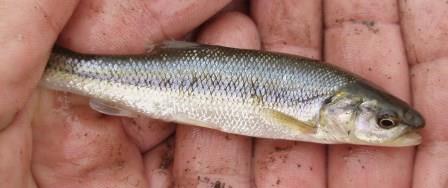
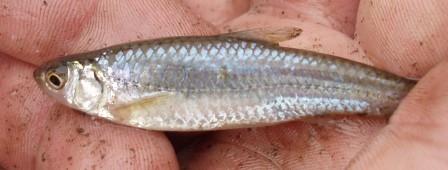
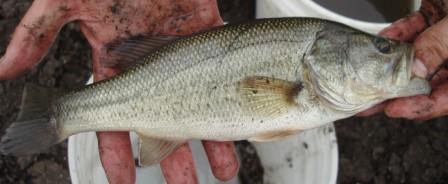

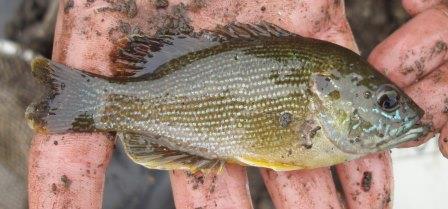

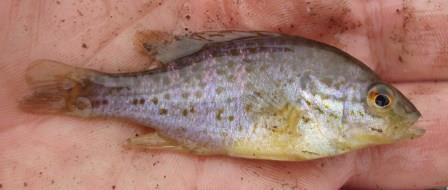
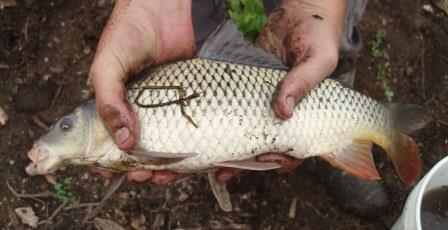
Leave a comment